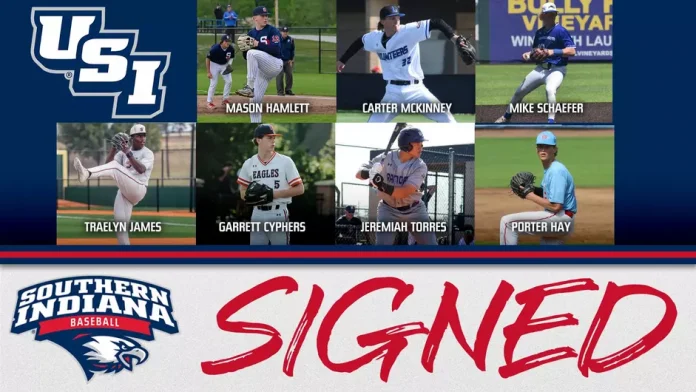JON TRONC, INDIANA CAPITAL CHRONICLE
As a teacher, I can explain how to balance a chemical equation or calculate the speed of a satellite in orbit, but school finance is far less straightforward. What I do know is that Indiana schools rely on two main funds, the education fund and the operations fund. How those funds work, and how state policy shapes them, has a direct impact on our classrooms, our communities and the future of our state.
The education fund pays teachers. It comes from the state on a per-student basis. More students equals more money. If your district is growing, then you can hire more teachers, add courses, and create more programs. You can afford to retain your best educators and recruit new ones. You can keep class sizes small. Families notice, they send their kids to your school, the district grows, more money comes in, and you spiral up. Everyone wins.
Unless your district loses students. Then you lose money. You have to cut teachers, offer fewer courses, and scale back programs. You can’t pay a competitive salary, so your best teachers leave and you struggle to recruit good ones. Families notice, they send their kids somewhere else, the district shrinks, less money comes in, and you spiral down. Everyone loses.
Once the school district begins to fade, the rest of the community feels it too. Strong public schools are often the backbone of small towns across Indiana.
The operations fund pays primarily for buildings, transportation, maintenance, technology and athletic facilities. It comes from local property taxes, revenue that was significantly reduced under Senate Enrolled Act 1, Indiana’s 2025 property tax reform. Those changes mean less money for schools, fire departments, police, libraries, road maintenance and other local governments. Schools now have far fewer dollars to maintain and update their facilities. They must also begin sharing a portion of this property tax revenue with charter schools as the law phases in.
Indiana’s system forces schools to compete for students. In that competitive environment, visible facility upgrades — especially athletic projects — are often what families notice first. A brand new multipurpose turf field, a renovated weight room or an updated fieldhouse can draw attention and help a district attract families. Schools cannot use capital funds to pay teachers, so they use the limited flexibility they have to make improvements that help them stay competitive. When you see new athletic facilities, it does not mean a district has extra money. It often means they are doing whatever they can within the constraints of Indiana’s funding system to bring in more students.
As Indiana invests a growing share of state dollars into private voucher schools and as local revenue declines, the consequences are starting to show. Fewer Indiana students are going to college, and those who do are increasingly leaving the state. Many do not return. High-wage employers look for states with a highly educated workforce, and Indiana’s average salary continues to fall behind the national average.
Public education is an investment that has paid off for generations. It brings communities together at a time when unity is needed. Indiana should recognize the importance of strong public schools and treat them like the priority they need to be.
As both an educator and a parent with daughters in our public schools, I see every day how much strong and well-supported schools matter. I want every student in Indiana to have the same opportunities to grow and succeed.











